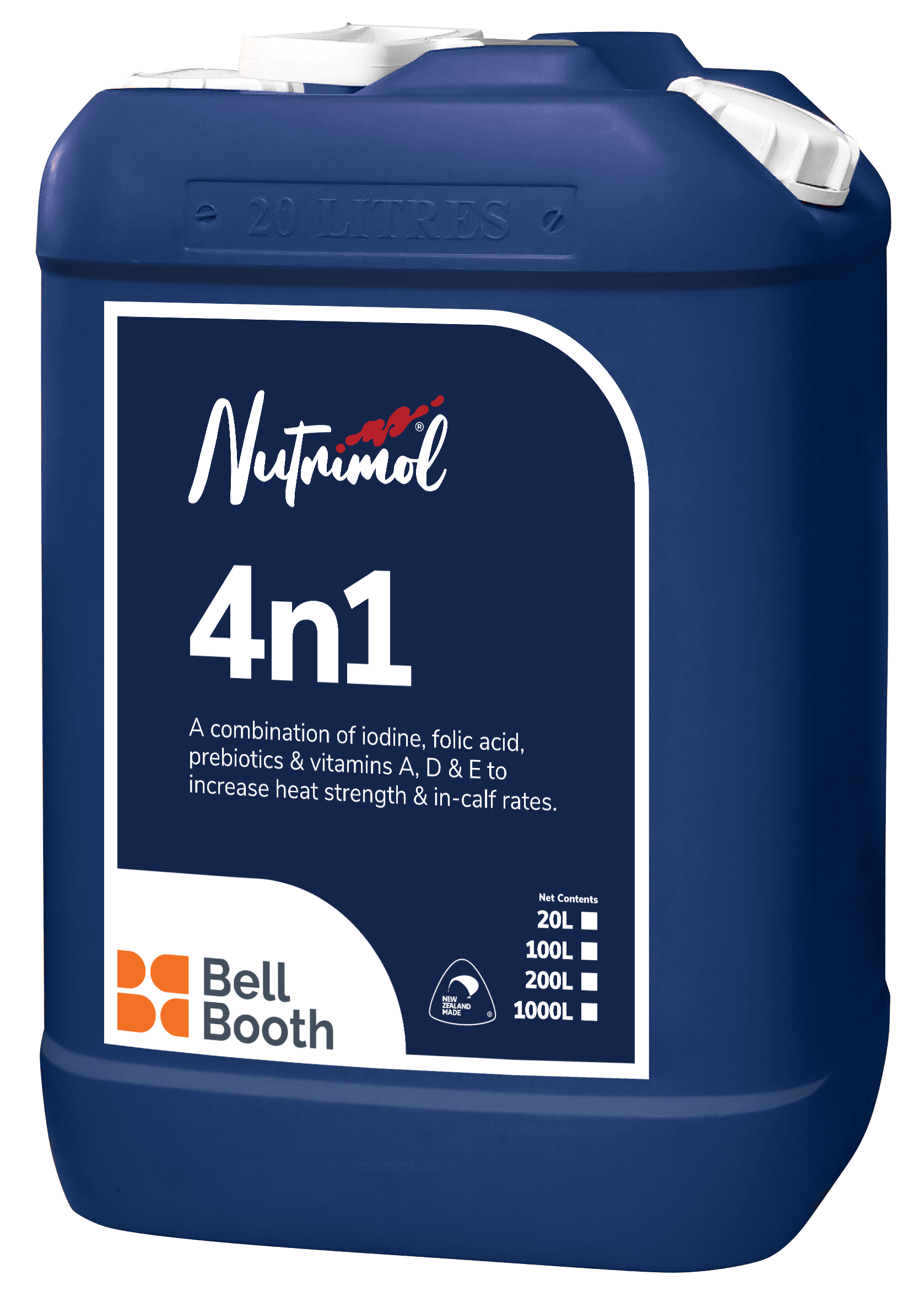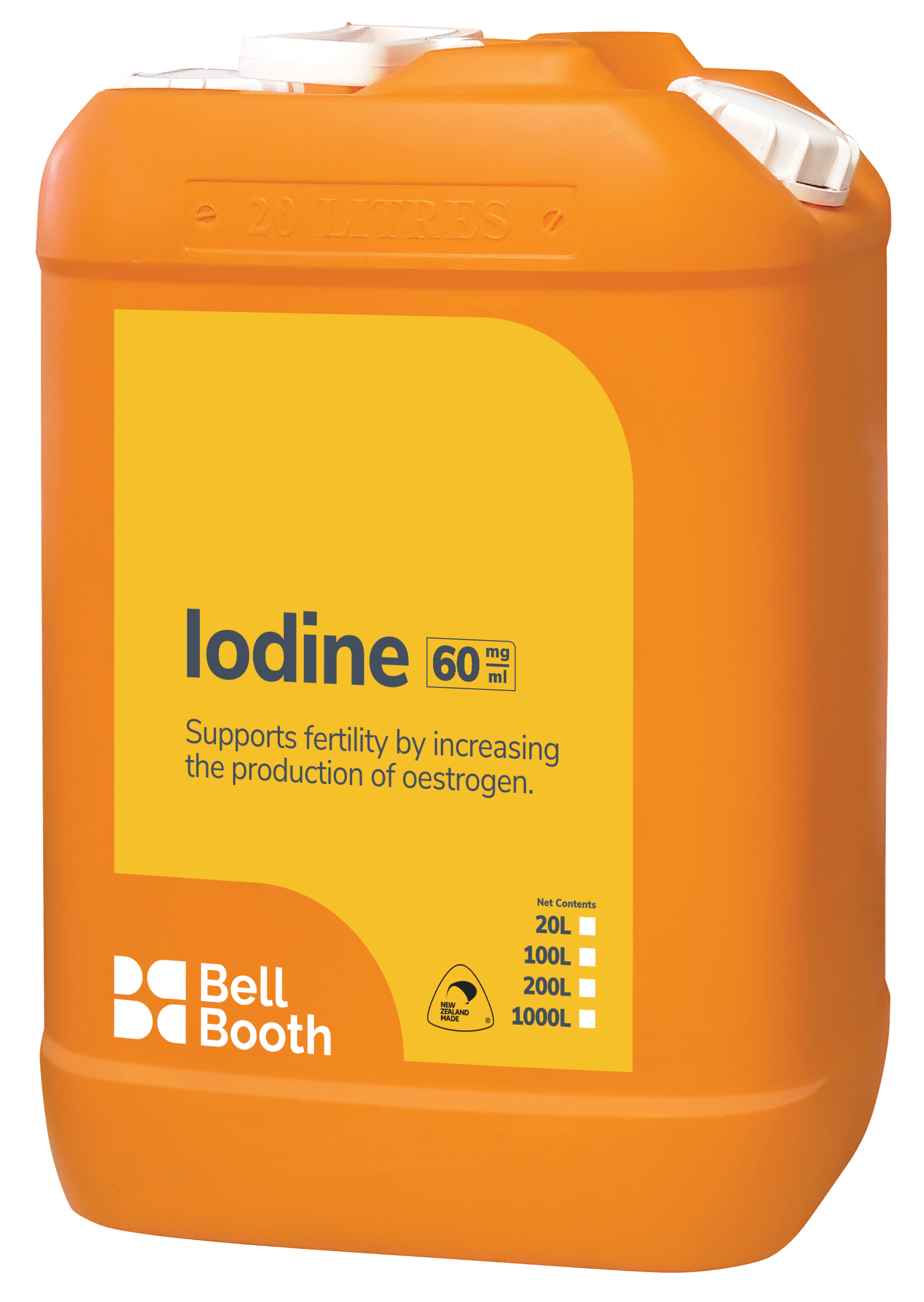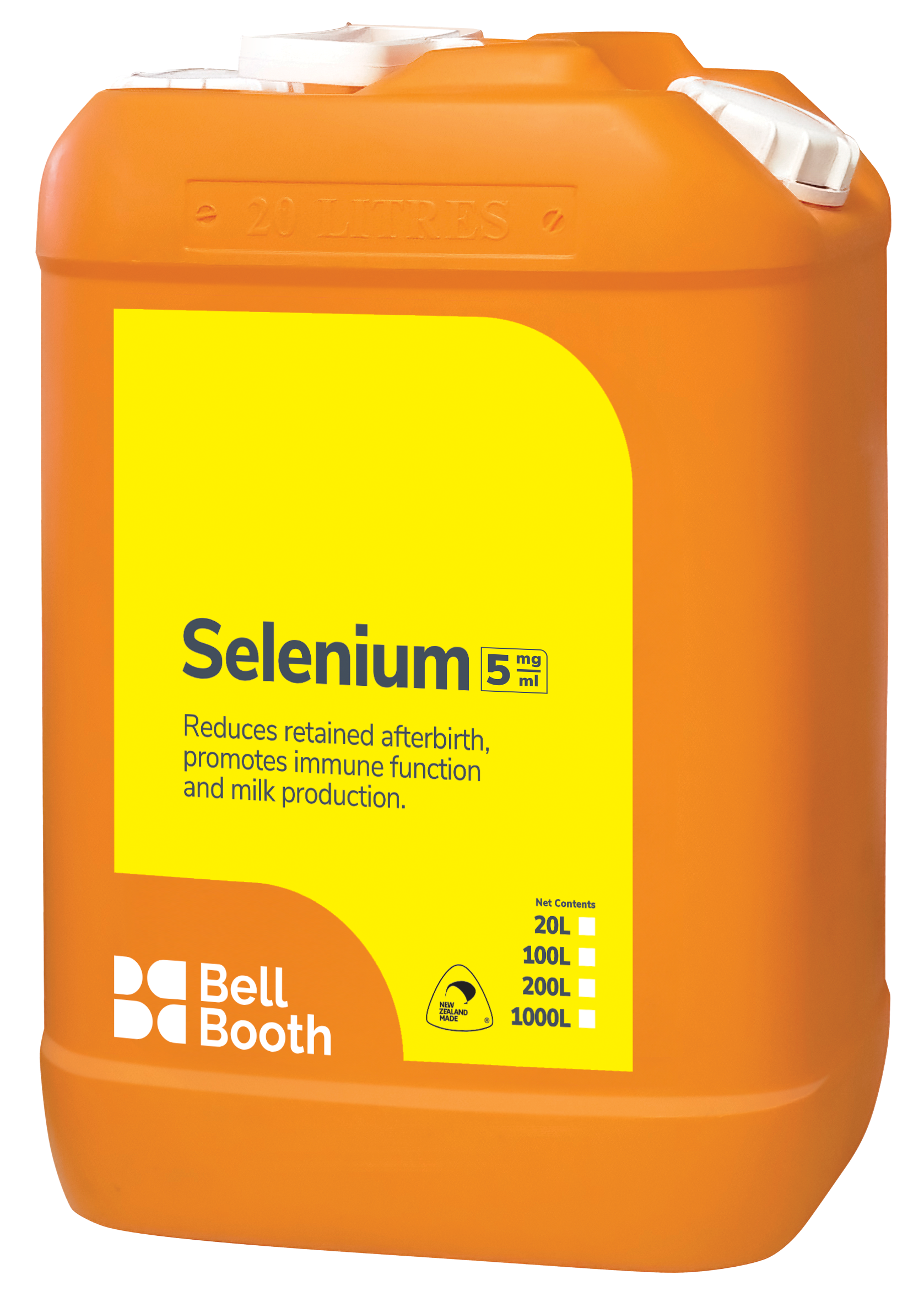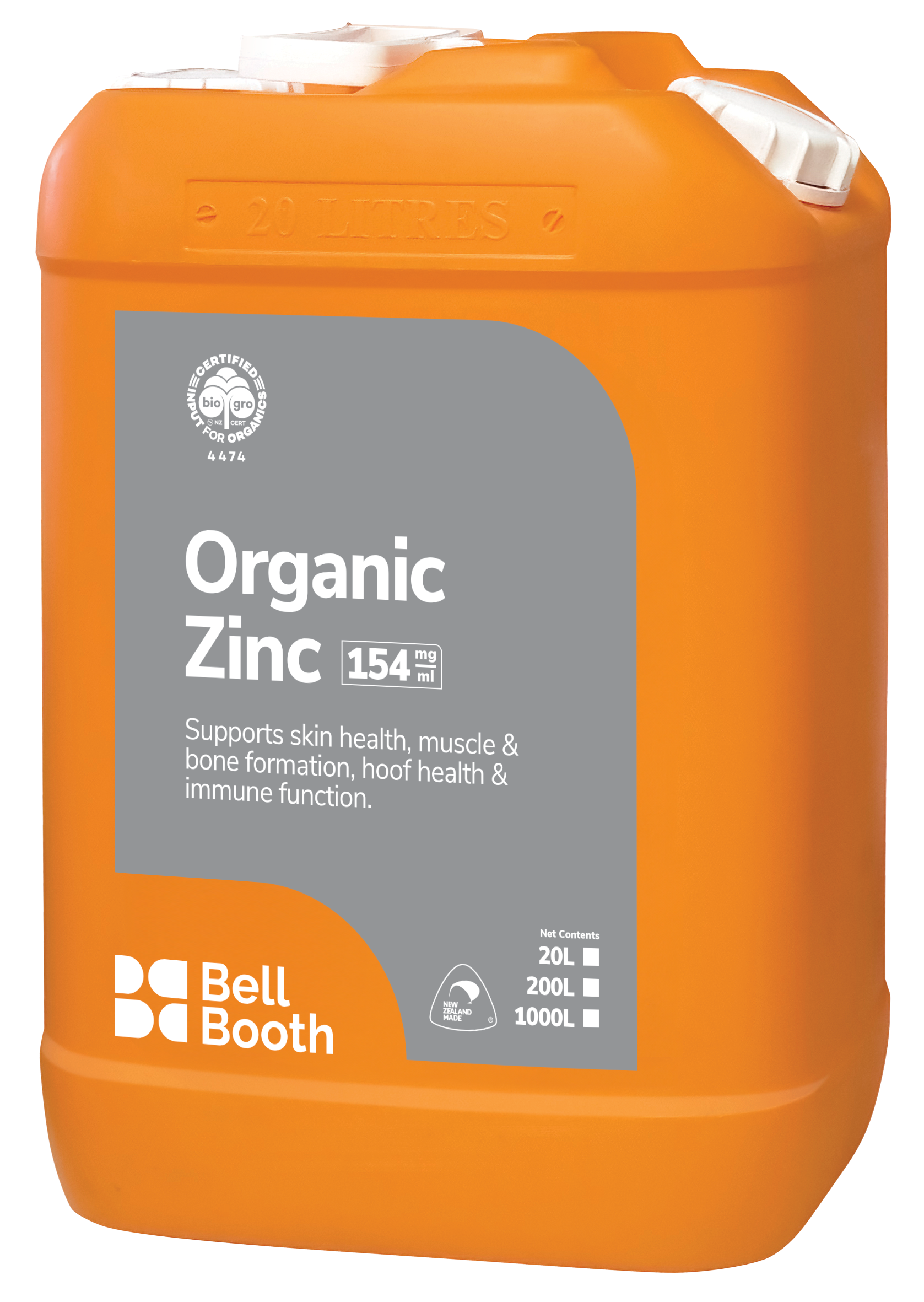Case Study
Tom & Fiona Rodger – Southland Dairy Farmers See 5-Star Reproductive Gains
Tom & Fiona Rodger are contract milkers on a 600-cow Southland dairy farm. While productivity was reasonably good, the number of cases of milk fever, mastitis and poor cleaning post-calving were too high for their liking. The negative impact on reproduction was extremely disappointing and affected their herd goals and daily management.
In September 2022, Fiona and Tom were introduced to Bell-Booth. After evaluating the data, and reviewing blood, liver and herbage tests, a high-performance animal health programme was introduced to settle the pressing metabolic issues. The aim was to reduce infection before mating began on November 1st. They ensured trace elements and minerals were fed out according to plan to prepare the cows for one of the most significant events in the calendar - mating.
The Rodgers team stayed focused throughout the 2022/23 season. The results were spectacular and exceeded all initial goals. They repeated a similar programme during 2023/24 and saw similar outcomes.
Spring 2023 Results
- 6-week in-calf rate: 78%
- Not-in-calf rate: 11%
- Total weeks mating: 10 weeks (previous season was 12 weeks)
- Intervention: Nil
- Submission rate: 90%
- Conception rate: 59%
These outcomes show that by reducing ill-health through a high-performance, balanced mineral and trace element programme, the Rodgers’ herd fertility has significantly improved in a short period of time. Only two ‘down’ cows were bagged, there were zero deaths due to metabolics, and the herd achieved 90% excellence in Somatic Cell Count (SCC).
Tom notes, “With only one staff member, we have to focus on milking. The first three weeks are incredibly busy – we don’t have time to deal with sick animals. This high-performance programme has been a life-saver.”
Calving & Productivity Benefits
By tightening the calving pattern with 91% of the herd calved by week six, only a few cows were left to calve in the final three weeks. Calving was completely finished well before mating started. Days-in-milk drove an extra 5,000kgMS in the 2022/23 season, and an additional 8,000kgMS this season - without changing herd size or the planned start of calving.
Using the DairyNZ Gap Calculator, improving their 6-week in-calf rate by 2 points and reducing the empty rate by 2 points resulted in an additional $16,000 farm income. Reducing mating duration from 12 to 10 weeks made a clear business impact.
A further
$15,000 in savings came from reduced treatments for metricure, mastitis, and milk fever.
I don’t use any intervention during mating – I consider Nutrimol 4n1 the only intervention I need. It is so easy to pick cows on heat.
- Tom Rodger
Next Season Goals
- Target 6-week in-calf rate: 80%
- Target empty rate: 8%
- Pre-season planning: Blood testing before drying-off to plan nutrition
- R2’s to be included in pre-herd entry evaluations to prevent calving issues
Farm StatISTICS
- 600 cows
- Entering 8th year on farm as contract milkers
- 5 weeks AI, 3 weeks bulls, 2 weeks short gestation semen
- No intervention during mating
- Cows peaked and held at 1.9kgMS (as of end of March)
- Average SCC: 100,000
- Crops: Chow and baleage
- 1.7% death rate (Johne’s)
- Dosatron inline dispenser
- In-shed feeding system
- System 3 operation






